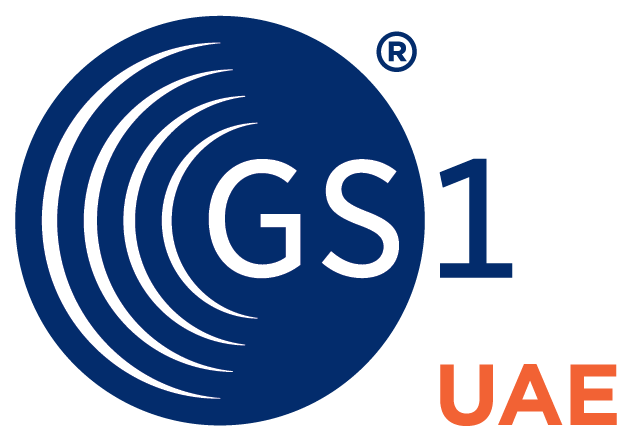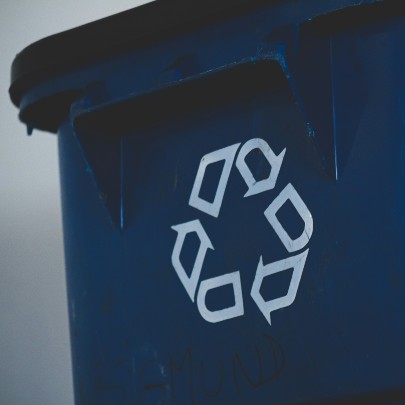The massive environmental impact caused by our throw-away culture poses a grave threat to the health of our planet.
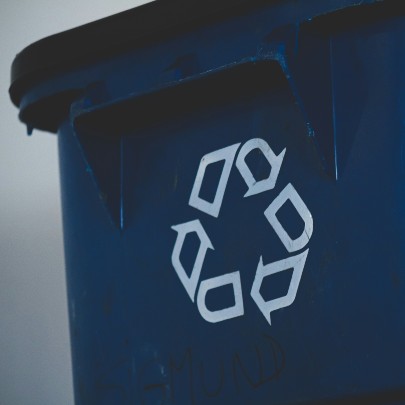
The Earth yields billions of tons of natural resources each year. However, the way we currently extract and use these resources is wreaking havoc on the environment and, at some point in the not-too-distant future, they are going to run out. That’s why we must think again about what we throw away – seeing not waste, but opportunity.
Thankfully, businesses and authorities around the world are increasingly working together to implement more sustainable economic, environmental and social measures. The circular economy model, which involves sharing, leasing, reusing, repairing, refurnishing, and recycling existing materials and products for as long as possible, is an essential pillar of this work.
Each year the ‘Seventh Resource’ (recyclables) saves over 700 million tonnes in CO2 emissions, and this is projected to increase to one billion tons by 2030, so there is no doubt that recycling is on the front line of the battle to save and preserve our planet for future generations.
Powering progress to protect the planet
GS1 organisations across the world are playing a vital role in this battle. Our globally recognised standards are used to identify, capture and share data on vast swathes of products, providing us with the capacity to help businesses understand, monitor and share invaluable insights on their supply chains.
We’ve already used this data to support businesses in adopting ambitious new commitments on sustainability, and make demonstrable improvements on emissions, energy, heat, transport, waste, water and biodiversity.
GS1 standards offer enormous benefits to recycling as the interoperability and transparency they deliver powers informed decision making and collaboration across the supply chain. All over the world organisations and authorities are now using our standards to support recycling initiatives in a number of ways. This includes:
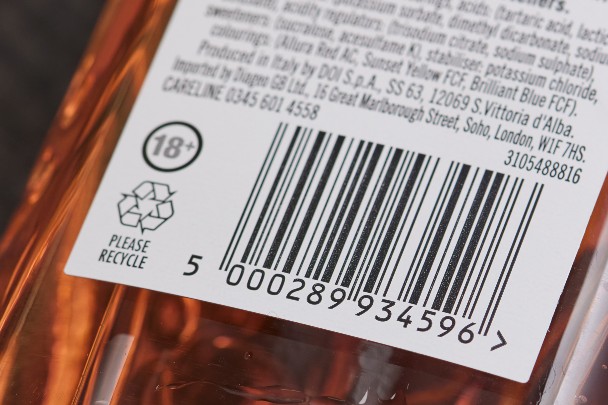
Unique identification
GS1 standards such as Global Trade Item Numbers (GTINs) provide globally unique identifiers for every product. This allows products to be tracked throughout their lifecycles, from the point of origin or manufacturing all the way through to the post-consumer stages.
The data this generates is vital for the effective sorting and recycling of materials. In recycling facilities, proper identification ensures materials are directed to the correct recycling streams, reducing contamination and improving efficiency.
GTINs can also be used to underpin product take-back programmes such as Deposit Return Schemes (DRS). Retailers, brands and refuse collectors can use them to track and manage the return of used products for proper refurbishment, reuse or disassembly.
Data sharing and collaboration
GS1 standards provide a common data language that can be used to seamlessly capture and share information across different organisations, systems and even industries. This means that everyone involved in the supply chain, whatever their role or wherever they sit, can easily access and understand key information associated with a product.

When it comes to recycling, GS1 standards allow the different stakeholders involved in the recycling value chain to improve coordination and communicate more effectively.
This not only streamlines recycling processes by providing waste collectors, sorting facilities and manufacturers with consistent access to data on material types, quantities and processing efficiencies, it also supports data-driven decision making with insights that can inform policies, investments or design changes that will increase recycling rates.
Traceability and accountability
As mentioned earlier, GS1 standards can be used to monitor the movement of recyclable materials, tracking them from the point of collection on to processing facilities and beyond.
This can identify areas where recycling rates are low, allowing brands and policy makers implement targeted initiatives to improve collection and participation. The transparency this delivers helps stakeholders identify and address potential issues, and can even prevent illegal dumping or improper handling.
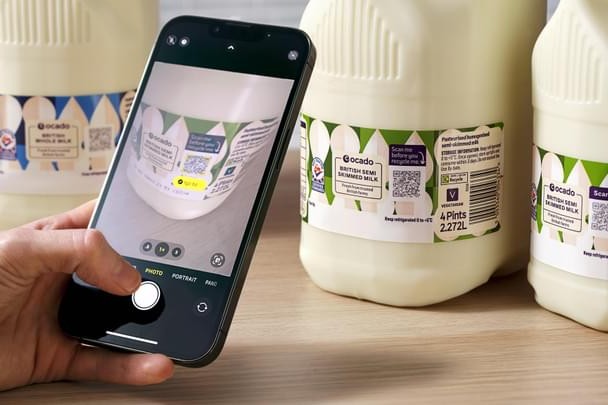
The next generation of barcodes
By acting as a bridge between a physical product and its digital identity, QR codes powered by GS1 can capture, store and share crucial data about a product’s material composition, the origins of the materials used, recycling instructions, potential options for reuse and much more.
These next generation barcodes can also be scanned consumers as well as supply chain operators. Via a simple smartphone scan, consumers can access clear and concise real-time information that not only encourages consumers to recycle, but also informs them of how best to do so.
The data held by these smarter QR codes can also be easily scanned and interpreted by sorting machines, further enhancing the accuracy of the sorting process.
This makes for a powerful combination. Consumers empowered with information about a product’s recyclability can make informed choices regarding disposal while manufacturers can leverage data on how their products are reused or disposed of, informing future designs that prioritise reusability and recyclability.
Copyrights to GS1 UK
